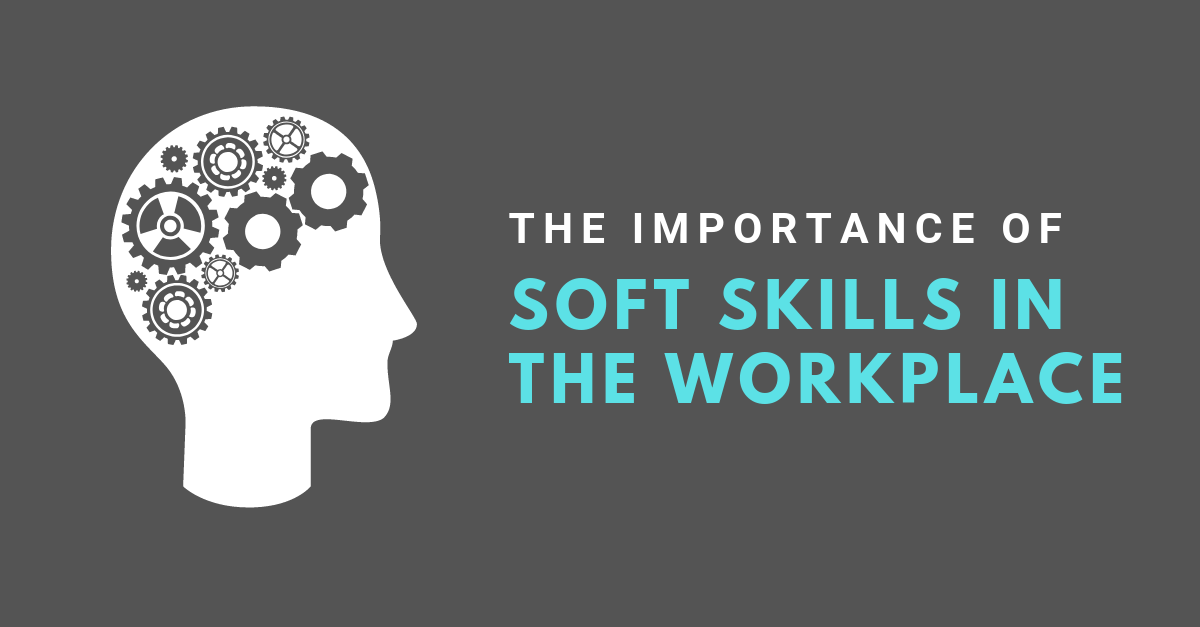In the last installment of CG Recruitment Trends, we took a look at tactics for maximizing the ROI of your company’s recruitment strategy. This week, we’ll examine a troubling trend I’ve seen emerge in the recruitment industry over the past several years: an epidemic of companies and individual hiring authorities who, to put it simply, try to steal candidates.
With the ready availability of information online, companies have begun to help themselves to candidates after the agency introduction — even when a price and agreement are in place. The direct hire business has a name for this: backdoor hires. In temporary staffing, the American Staffing Association coined the term “tempnapping” in reference to this pervasive trend.
A Likely Story
It always starts the same. The client says we are going in a different direction and the candidate ghosts the agency. Back in the day of fax machines and phone call introductions, tempnapping happened once in a while. You would find out a few months or a year later. The paper trail could be difficult to assemble, but diligent recruiters always got what they were due.
I remember one candidate calling us years later saying, “Remember when I told you that I was leaving my temp assignment for a family emergency? Well, I didn’t. I conspired with your client so that they didn’t have to pay a fee for me.” The candidate intuitively knew it wasn’t right, but the client told the candidate that was the only way they would hire her. The client was a large real estate investment company, but somehow couldn’t afford the recruiting fee. When we asked the candidate the reason she was telling us years later, she said, “I am dying of a brain tumor and I want to have a clean conscience.”
Back in the day of fax machines and phone call introductions, tempnapping happened once in a while. You would find out a few months or a year later. The paper trail could be difficult to assemble, but diligent recruiters always got what they were due.
The Legal and Ethical Ramifications
In the digital age, we don’t need an act of confession because we find out almost immediately. The electronic trail is so easy to follow that when companies do it, I am honestly amazed. In any industry, there is a credit risk. But to have a company outright steal your product or service is shameful. Not only is it strikingly unethical, but as the American Staffing Association attests in their issue paper on tempnapping: in many cases, it is also unlawful.
The ASA points out that, “Merely offering employment to another’s employees is not in itself wrongful…” But if staffing firms are able to show fraud, coercion or other misconduct, the company’s actions can be found to be wrongful in a court of law. In these cases, a company’s efforts to cut costs results in costing them so much more.
Century Group once worked with a national retailer that wanted to hire someone. When we wouldn’t flex on pricing, they took our candidate and referred them to another temp agency that would. Thing is: the company misled the candidate, too. So when her assignment ended, the first thing she did was complain about the company’s ethics, forwarding us the LinkedIn solicitation from the company asking her to go around us. The company’s defense: we could never come to an agreement on pricing for that candidate. Our response: You could always find another candidate on your own. Whatever the justification, this type of behavior by companies is tantamount to shoplifting.
A Typical Defense
Each month, my team at Century Group uncovers one or two of these instances. Many companies don’t deny tempnapping and acknowledge that they owe a fee. But some resort to tactics akin to corporate bullying, threatening: “We won’t use you again if you charge us for this one.” Other familiar defenses we’ve heard: “We hired the candidate for a different position.” Or, my personal favorite, “The person who signed your agreement didn’t have the authority to bind the company.” The candidate doesn’t pay a fee, so it’s very easy for the company to entice them to go along with it in exchange for the benefit of a job.
I still remember the first time this happened to me and how I felt. A company representative at a large entertainment conglomerate told me, “If you don’t like it, maybe you should get out of the contingency business.” This perception was so prevalent at this particular company that they eventually incorporated a clause in their contract to enable them to backdoor hire. I never worked on another deal there, and I managed to bill millions of dollars without that client.
Knowing Your Value
Ultimately, tempnapping and backdoor hiring are not only unethical — they also can lead to legal proceedings and costly consequences. A respectable recruiting firm will not want to work with a company that condones and entertains unethical behavior. Period. And respectable candidates will not want to work at companies that condone that behavior.
One story illustrates how the best recruiters and the best candidates don’t ever lower their standards. Why? Because they know their inherent value. Years ago we submitted a candidate’s resume for a high-paying investor relations role with a large public company. Upon receiving the resume, the hiring authority said, “I am not paying a fee for this person because someone on my staff knows them.” We let the company and the candidate know this wouldn’t stand, but the company still called the candidate directly to arrange an interview.
A respectable recruiting firm will not want to work with a company that condones and entertains unethical behavior. Period. And respectable candidates will not want to work at companies that condone that behavior.
During the interview, the hiring authority actually used the exact resume we sent them with our recruitment firm’s logo right at the top. When the interview was done and the company extended an offer, the candidate did something so honorable I got choked up when she told me. She said, “Sir, you claim you won’t pay the agency because my former coworker works for you and you already knew about me. But I didn’t know about you until the recruitment agency called me. At first, I didn’t know what to think, but you are actually interviewing me using the agency’s resume with their logo right on top. I can’t, in all honesty, work in investor relations for a company with such an egregious lack of business ethics.” This candidate was very intuitive about the company’s ethics: eventually that company’s CEO ended up in front of Congress for fraudulent lending practices, and his name is still in the news ten years later for the company’s flagrant misconduct.
Bottom Line
The best candidates, as well as the best recruiters, know their worth and never settle for less. In this market, a recruitment professional must select their clients carefully (steering clear of clients with a history of tempnapping and backdoor hiring), explain their value to both clients and candidates and they will be rewarded with a long, prosperous, and fulfilling career.













